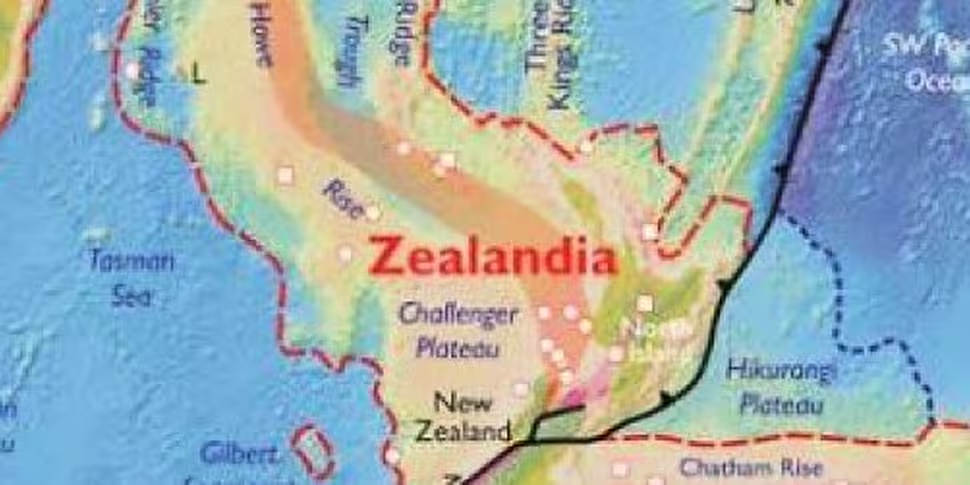Geologists have discovered a new continent in the southwest Pacific Ocean.
The 4.9mkm2 region of is made up of continental crust and elevated relative to its surroundings.
It also contains oceanic crust, diverse and silica-rich rocks, as well as relatively thick and low-velocity crustal structure.
The Geological Society of America say its isolation from Australia and large area support its definition as a continent, named Zealandia.
The land mass was formerly part of Gondwana and is 94% submerged - mainly because of widespread crustal thinning.
The GSA say: "The identification of Zealandia as a geological continent, rather than a collection of continental islands, fragments, and slices, more correctly represents the geology of this part of Earth.
"Zealandia provides a fresh context in which to investigate processes of continental rifting, thinning, and breakup."
Source: The Geological Society of America
Earth's surface is divided into two types of crust: continental and oceanic. It also has 14 major tectonic plates.
In the past 50 years there has been great emphasis and progress in measuring and modeling aspects of plate tectonics at various scales.
While there have also been advances in understanding continental rifting, continent-ocean boundaries and the discovery of a number of micro-continental fragments.
GSA add: "Zealandia illustrates that the large and the obvious in natural science can be overlooked."
The association say that based on geological and geophysical evidence, Zealandia is not a collection of partly submerged continental fragments - but is a coherent.
"Currently used conventions and definitions of continental crust, continents, and micro-continents require no modification to accommodate Zealandia", it says.











